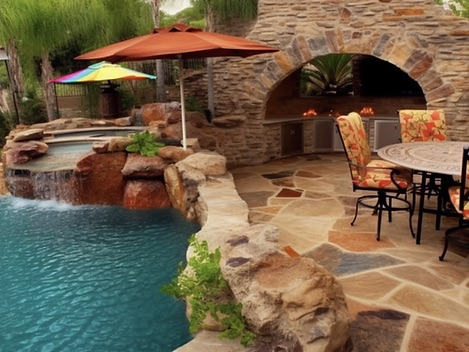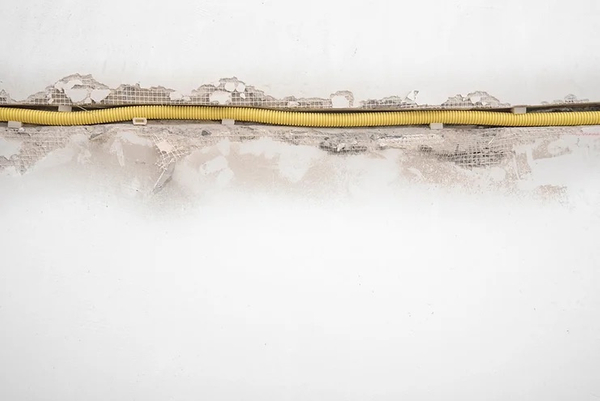Themed environments are great opportunities to attract guests, customers, and other target audiences, and by and large, they’re proven to work. This can mean the difference between meeting your goals or falling short.
However, any time you have something you’re inviting an audience to, there are two things you need to consider. Safety and accessibility. The two go hand-in-hand most of the time, as well.
Let’s talk about what designers need to consider for safety and accessibility in themed environments to keep your project from becoming a major liability.
Why is Safety Important for Themed Environments?
Safety is a top priority for everyone, but where designers can make mistakes is underestimating the fine details of a themed environment that can make something seemingly harmless a major risk.
Since themed environments tend to attract a lot of people into a fairly confined space, the risk of improperly designed features being liabilities is even higher. This can quickly turn an awesome opportunity into a loss for guests and the entity operating the themed environment.
Here are some key safety factors to consider from a design standpoint.
1: Anticipating Guest Interactions
Themed environments have features that are meant to be interacted with and features that are just for show. As a designer, we know you’ll put your best effort into ensuring interactions are safe, but you also have to look at showpiece features and ensure that they don't pose a risk.
You can never underestimate the curiosity of a child. Accidents happen, and of course, there’s always the chance of someone intentionally messing with things they shouldn’t.
The design of the themed environment should minimize the opportunity for such events to end up destroying different features, creating fall hazards, exposing guests to sharp edges, or toppling things over.
This will mostly come into play with the structural aspects of the project, but some decorations might also pose a threat to guests if they’re not designed in a way that is sturdy and resistant to tampering.
2: Keep Utility Resources Away from Guests
You’re going to need lighting, sound equipment, and maybe even water or other resources to make a themed environment work. Unfortunately, those things all require cords, lines, and maybe even generators or power panels.



